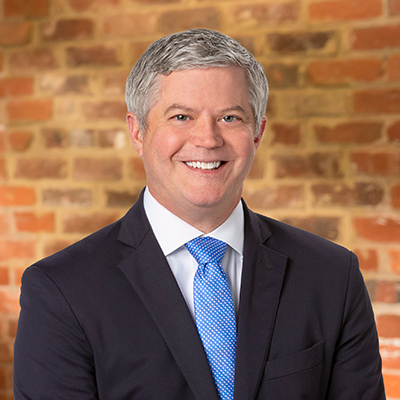In everyday life, when someone tells a story that they overheard from someone else, we often describe it as “hearsay.” In fact, hearsay is a technical legal term that controls what evidence a judge or jury may consider when deciding a case in court. In personal injury cases, the hearsay rule can have important consequences for how the issues of both negligence and damages are presented.

Hearsay is generally defined as “an out-of-court statement offered in evidence to prove the truth of the matter asserted.” Essentially this means that a witness in court cannot repeat what someone else told them at some previous time. Instead, the witness’ testimony must be based on their personal knowledge, such as a description of events that they actually observed.
Although the general rule is that hearsay evidence is not admissible in court, there are a tremendous number of exceptions to this rule, under which out-of-court statements can be repeated under certain circumstances.
The hearsay rule, and a number of its exceptions, can have a significant impact on the presentation of the two main issues in every personal injury case: (1) the negligence of the defendant in causing the collision, and (2) the injuries and damages sustained by the plaintiff.
First, as to the issue of negligence, only eyewitnesses—individuals who actually saw the automobile collision occur—may testify in court as to what happened. This means that a passerby who came upon the scene afterward cannot describe what they think happened in the crash. An accident reconstructionist hired by one of the parties cannot conduct an analysis and describe what they think happened in the crash. Not even the police officer who was dispatched to the scene can describe what they think happened in the crash.

Also important to the issue of negligence is the rule that the plaintiff may introduce out-of-court statements made by the defendant themself; these are not considered hearsay. Therefore, if the defendant told the plaintiff at the scene, “I’m sorry, I was looking at my phone and did not see the red light,” the plaintiff would be allowed to repeat this statement in court to argue that the defendant was negligent, causing the collision.
Of course, the same rule applies in reverse. If the plaintiff responded, “It’s okay, I should have been able to stop in time but was distracted,” the defendant could repeat this statement to argue that the plaintiff was contributorily negligent and should not be entitled to recover.
Second, as to the issue of damages, only medical opinions from doctors testifying in court may be introduced into evidence. This means that if the plaintiff’s doctor wrote in her medical records that the plaintiff suffered a lumbar spine injury in the car crash, the plaintiff must have the doctor actually testify in court, rather than simply read the medical record to the jury.
The same is true for the defendant; if the plaintiff’s medical records indicate that the plaintiff already suffered from lumbar spine disease before the accident, the defendant may not simply read this medical record in court, but instead must have a doctor testify to this medical opinion.
There are several exceptions to the hearsay rule, however, that can allow for medical evidence to be introduced through out-of-court medical records. One exception is that medical records which are established as “business records” of the medical practice can be admitted into evidence to prove factual matters, but still not to prove matter of opinion (i.e., medical diagnoses).
Another exception is that in cases in Virginia general district courts (as opposed to circuit courts), medical records may be admitted into evidence if accompanied by a properly executed affidavit by the medical provider.
The hearsay rule is only one sentence long, yet can be extremely complex and has been the subject of extensive legal writing over the years. Having an attorney familiar with the hearsay rule and other rules of evidence can make the difference in the outcome of your personal injury case.
If you or a loved one have been injured through no fault of your own, the attorneys at Allen & Allen look forward to hearing about your unique situation. Call today for a free consultation at 866-388-1307.


